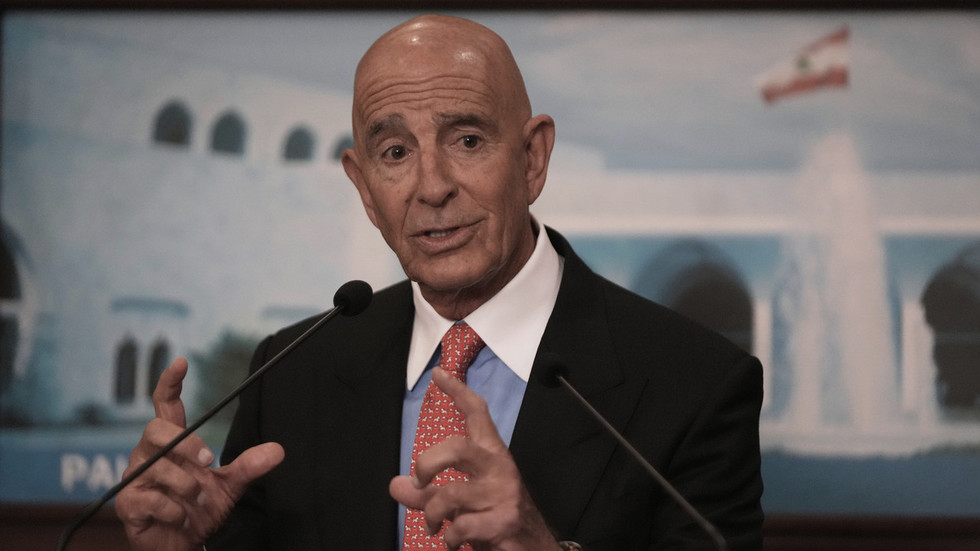The region is definitely taking this opportunity seriously. Over the past years, 11 countries in the region have published national hydrogen strategies. While this is an excellent policy signal, it might not be enough to win the race against other regions.
For the region to realize its hydrogen exporting potential, I would argue that governments should move from broad national roadmaps to a more tailored and assertive hub development strategy.
This is because the first movers are going to be the ones securing the offtake contracts and attracting investments. Following are some considerations and proposals to promote low-hydrogen hubs across the region to turn Latin America into a hydrogen success story.
Hydrogen’s potential in Latin America
Hydrogen (H2) is an essential component of today’s energy and industrial systems. Around 90 million tons (Mt) of H2 are produced and used yearly from natural gas and coal, emitting 9-23 kg CO2/kg H2.
Chemicals, refineries, and steel production dominate today’s demand. Recent technological developments that allow the production of low-carbon hydrogen, position it as an alternative to decarbonize hard-to-abate sectors. In optimistic scenarios, hydrogen’s global demand can reach 115 Mt by 2030 and 528 Mt by 2050.
The two most prominent low-carbon hydrogen types are:
- Green hydrogen, produced through water electrolysis paired with 100% renewable electricity, emits (0 CO2/kg H2).
- Blue hydrogen, produced from fossil fuels combined with carbon capture and sequestration technologies (CCS), emits 1-3 kg CO2/ kg H2.
The global hydrogen generation market was valued at USD 129.85 billion in 2021 and is expected to expand at a compound annual growth rate of 6.4% from 2022 to 2030. New value chains will be needed to support this upscaling, including installing electrolyzer manufacturing plants in the region, which could create thousands of high-quality jobs.
Latin America has a competitive advantage in the global hydrogen race as it has one of the most abundant endowments of solar and wind resources which are key for the production of green hydrogen.
From 2014 to 2023, it was the most competitive region in terms of cost of production for both solar and wind. Furthermore, fossil fuel producers in the region can build on their existing knowledge and infrastructure to develop the value chains to capture and store CO2 from existing hydrogen production facilities.
Reasons for a hydrogen-hub strategy for Latin America
Some examples of planned hydrogen hubs already exist in Chile and Brazil. However, most hydrogen strategies in the region present broad national targets that lack demarcation and definition of particular incentives directed at the most strategic locations.
A hub is a specific geographic location with resources that provide a competitive advantage for developing the hydrogen supply chain. This pathway could facilitate cooperation between public and private stakeholders and community engagement. It also may provide increased visibility to attract first movers.
In this regard, hydrogen hubs are industrial areas with a competitive advantage in developing multiple projects for hydrogen production, distribution, utilization, and export. These hubs also have the presence of potential off-takers and existing infrastructure, which could be repurposed as the base for the hydrogen supply chain.
Hydrogen hubs can also be defined in opposition to its alternative, which is developing stand-alone individual projects. The lack of success of CCS projects over the past decade provide a good example of how stand-alone models face significant technical and commercial risks that can lead to inconsistent policy support and investments.
According to a study by the University of California, 80 percent of CCS projects ended in failure in the US. The projects failed due to a lack of off-takers, poor plant siting, and little support from local coalitions. These conditions impacted the project’s credibility of revenues and continued incentives support, which weakened their financial footing.
It is crucial to learn from these examples to mitigate such risks, considering particular vulnerabilities in Latin America that are hard to control, such as higher capital costs and exchange rate risks.
A hydrogen hub approach as a way to mitigate investments risks
While hydrogen’s potential is huge in the energy transition, as of the end of 2021, investments were still $863 billion short. This is when competition with other regions comes into play. Latin American economies must show more ambitious strategies to generate new opportunities and attract that capital. The key to facilitating the allocation of capital is to mitigate risks with strong market signals and the development of key infrastructure.
The benefits of a more focused hydrogen hubs promotion strategy can be divided into three parts: risk reductions, optimization of resource allocation, and securing policy and social support.
First, hubs can help mitigate market risks by building redundancy of supply and demand. This prevents risks associated with allocating production and demand to individual projects. Furthermore, it can help distribute technical risks among more players for the construction of key infrastructure projects, such as transmission lines, pipelines, and geological storage.
Second, according to experiences obtained from other clean energy projects, hubs are more efficient for optimizing planning and operation. Sole point-to-point projects run the risk of tailoring the technical decisions to the specific needs of one producer and one off-taker. However, with a hub approach, big market players cooperate and can involve smaller players, hence providing more opportunities to take advantage of economies of scale.
Lastly, stakeholders need to generate community acceptance and ensure the support of local authorities. Research from the Inter-American Development Bank found that of 200 conflict-affected infrastructure projects, 36 were canceled, 162 faced delays, and 116 faced cost overruns.
Therefore, community engagement cannot be regarded as a secondary requirement. A transparent hub proposal regarding its benefits, costs, and transition plans for communities and workers could help garner local support and, therefore, ensure consistent policy and social backing.
While clean hydrogen hubs can help reduce risks, optimize resource allocation, and garner local support, key decisions must be made by several actors with different goals. This creates a risk of delaying the projects or failing to reach agreements to get to final investment decisions. In this regard, it is important to consider lessons learned from failures and successes in other regions.
For instance, Europe is at the forefront of clean hydrogen development with a top-down and stakeholder-based approach. Lessons on the role of both national and local authorities in the pioneer hubs in Teesside and Rotterdam need to be taken into consideration.
On the other hand, while the US started following the source-to-sink model for CCUS, in 2021, it experienced a shift towards developing hydrogen hubs, which were revitalized with the recently approved Inflation Reduction Act.
Lessons from Chile’s hydrogen hub experience
In Latin America, Chile provides an excellent example of how to map and market hydrogen hubs at a global scale. In 2020, the Ministry of Energy published its National Green Hydrogen Strategy, outlining national priorities and targets. While the national strategy provided insights for three regions, in 2022, the government published a new report that identified two potential hydrogen hubs in Antofagasta (Atacama desert) and Magallanes. Both regions have well-defined projects and are working to attract investments and secure long-term offtake contracts with international partners.
To reproduce this strategy, the first hypothesis governments need to prove is the availability of natural resources, renewable resources for the development of green hydrogen or suitable geological storage, for blue hydrogen. The regions must ideally have the presence of relevant industries with experience in similar sectors, such as natural gas producers or renewable developers, as well as potential off-takers.
Then the government needs to devise a plan for incentives, such as tax deductions, accelerated depreciation, and customs exemptions, among others. On top of that, policy accelerators need to be implemented to allow faster deployment of technology, such as specialized land tenders and fast-track licensing and permitting.
Companies with international experience can work closely with local governments and federal agencies to ensure regulations do not hinder projects’ development.
Parallelly, hub participants need to engage with local communities. Plans must be outlined diligently to conduct consultations and provide attractive compensation when needed. A poor implementation of this requirement can create a bad reputation for key stakeholders and the industry as a whole.
These efforts can be conducted with international organizations and development banks, which could later provide initial investments to make projects bankable. Governments can also help further mitigate risks through grants, availability-based payments, and credit enhancement tools. Government support is also crucial to secure offtake contracts through signing Memorandums of Understanding or dedicating offices to deploy what some call “hydrogen diplomacy.”
While some international and regional examples show the benefits of following a hub-centered strategy, Latin American countries must face crucial challenges to make it work. First, the recent leftist turn in the region may pose some uncertainties about market-aligned policies.
With so much risk and lower margins, governments must prove they can attract and lay appropriate foundations for private investments.
On the other hand, with the broader land requirements for hydrogen projects, companies must show their commitment to building local support and respecting communities and regulations. A clean energy business cannot be developed with old dirty tactics. The potential for the region is evident. Will Latin America be able to work in teams and win this race?
Adalberto Castañeda Vidal is a second-year student of the Master of Public Administration at Columbia University – School of International and Public Affairs concentrating in Energy. He worked as a research assistant for the Center on Global and Energy Policy, where he participated in research projects about hydrogen and natural gas. He is originally from Tabasco, Mexico, and holds a bachelor’s in International Relations from the National Autonomous University of Mexico.
© Inter Press Service (2023) — All Rights ReservedOriginal source: Inter Press Service
















